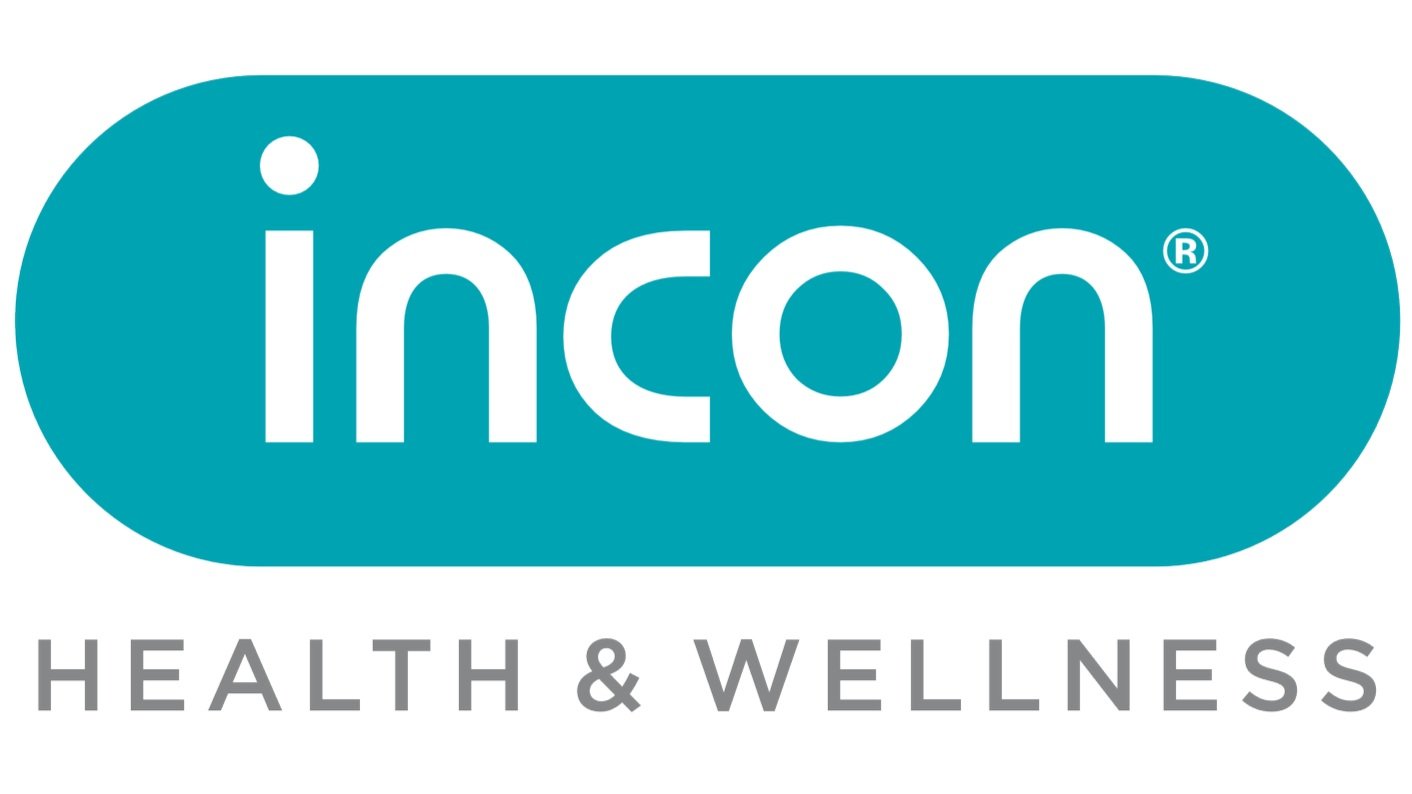Safety Doesn’t End at the Office Door
Out of sight shouldn’t mean out of mind - especially when it comes to health and safety.
As hybrid and remote work become the norm, many organisations are still operating with policies built for traditional office environments. But working from home doesn’t eliminate safety risks - it simply changes them. From poor ergonomics to emergency preparedness, remote work requires a fresh look at how we protect our people, wherever they are.
A different kind of risk
For remote employees, hazards are less about ladders and more about laptops. Strain injuries, poor ergonomics, burnout, and isolation are real risks - but they’re often overlooked because they’re harder to see. Without the structure of a shared environment, it’s easier for early signs of trouble to go unnoticed.
Are your policies keeping up?
Many existing OHS frameworks still assume physical proximity - that managers will see something, or someone will speak up in person. But remote workers often feel hesitant to report discomfort or concerns, especially when it comes to mental health. Safety policies need to be updated with clear, remote-friendly guidance. Who do I report to? How? What happens next?
Make it easier to speak up
Incident reporting should be seamless - not a struggle. Digital tools, anonymous check-ins and regular wellbeing surveys can help surface issues early. But tools are only effective when there’s a culture of trust behind them. Employees need to know that raising a concern won’t be dismissed or penalised, even from a distance.
Leadership still sets the tone
Remote safety isn’t just HR’s responsibility. Managers play a key role in modelling healthy behaviour - taking breaks, encouraging boundaries, and checking in regularly. The human element is still the most powerful safety tool a business has.
Health and safety isn’t about where people work. It’s about how well they’re supported, wherever they are. Companies that adapt their policies to reflect this new reality will not only reduce risk - they’ll build stronger, more connected teams.

